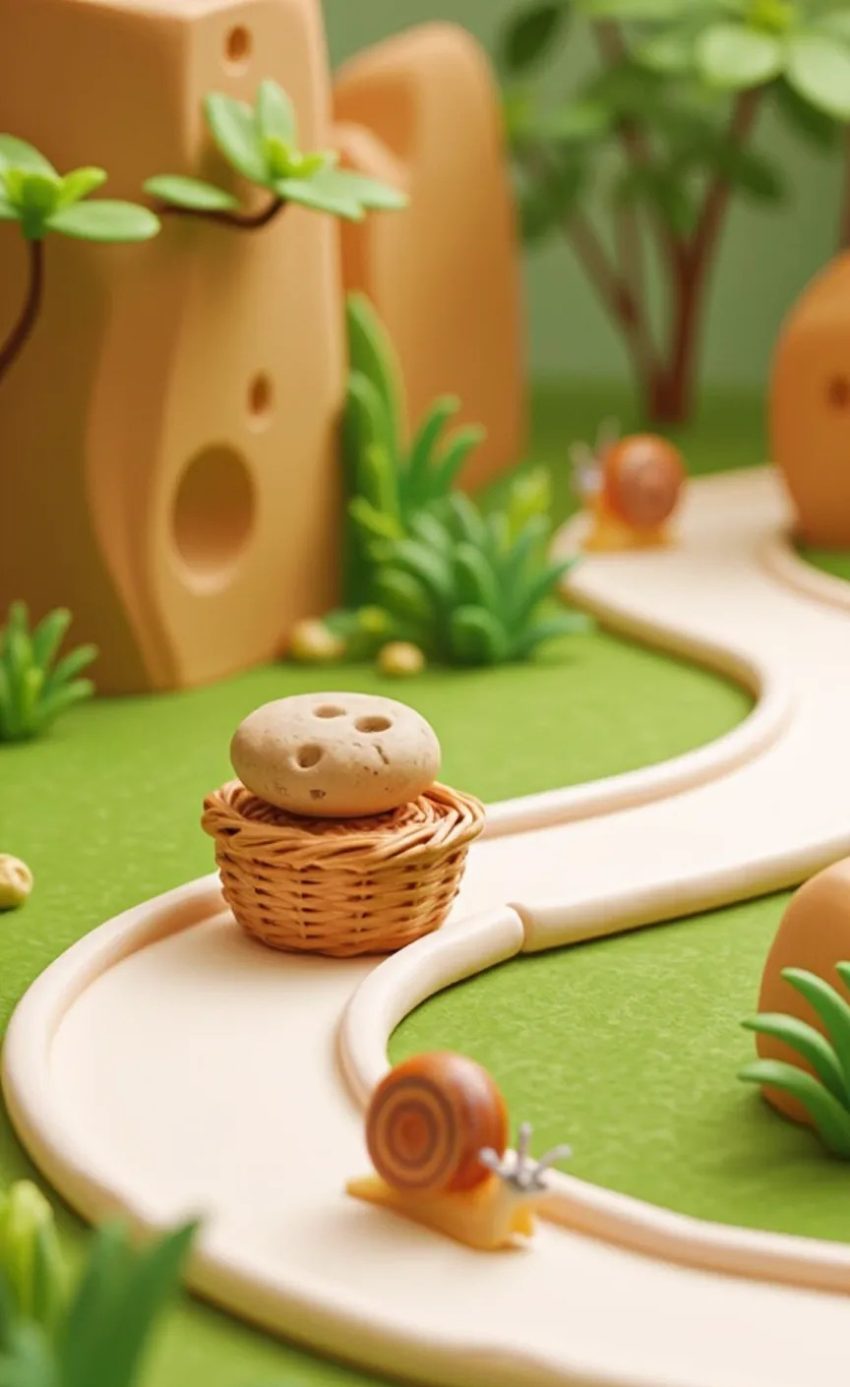Introduction
Zuma is a captivating tile-matching puzzle video game that has enchanted players worldwide since its debut in 2003. Developed by PopCap Games, Zuma combines vibrant graphics, addictive gameplay, and a simple yet challenging mechanic, making it a cornerstone of casual gaming. This article explores the origins, development, gameplay, and enduring impact of Zuma, shedding light on why it remains a beloved classic.
Origins and Development
Zuma was released on December 8, 2003, by PopCap Games, a company renowned for creating accessible and engaging casual games like Bejeweled and Plants vs. Zombies. The game was initially launched for platforms such as PDAs, mobile phones, and the iPod, but its popularity led to an enhanced version, Zuma Deluxe, which was released for Microsoft Windows, Mac OS X, Xbox 360 (via Xbox Live Arcade), and PlayStation 3 (via PlayStation Network). Zuma Deluxe also came bundled with the PlayStation 3 retail version of Bejeweled 3, alongside Feeding Frenzy 2.
The concept of Zuma drew inspiration from earlier games, notably the 1998 arcade game Puzz Loop by Mitchell Corporation, released as Ballistic outside Japan. While Puzz Loop introduced the core mechanic of matching colored balls along a path, PopCap refined and expanded this idea. PopCap’s founder, Jason Kapalka, acknowledged the influence but emphasized that Zuma was not a direct clone, adding unique elements to enhance gameplay. Despite a claim by Mitchell Corporation that Zuma infringed on Puzz Loop’s intellectual property, PopCap maintained that their innovations distinguished Zuma, a stance Kapalka supported by encouraging creative adaptations in game development. Mitchell later re-released their design as Magnetica for the Nintendo DS in 2006.
Gameplay and Mechanics
Zuma is set in a mythical world inspired by ancient Mesoamerican civilizations, featuring an Aztec or Mayan aesthetic. Players control a stone frog idol, often referred to as the “Mighty Zuma,” tasked with preventing a chain of colored balls from reaching a golden skull at the end of a winding path. The frog shoots colored balls from its mouth, and when three or more balls of the same color are matched, they disappear, shortening the chain. The objective is to clear all balls before they reach the skull, which opens as a warning when balls approach.
The game progresses through multiple stages and temples, with increasing difficulty. The first temple includes three stages, while the second (stages 4–6) has six levels, and the third (stages 7–9) and fourth (stages 10–12) each have seven levels. Stages 10–12 are longer, requiring 5,000 points to fill the Zuma bar, with faster-moving balls. The final stage, “Space,” is a unique, pathless level requiring 10,000 points, accessible only after completing stage 12. Completing “Space” wins the game, with remaining lives adding 50,000 points each to the final score.
Zuma also offers a Gauntlet mode, allowing players to practice levels or play in survival mode, where difficulty escalates through classifications: Rabbit, Eagle, Jaguar, and Sun God. In Sun God mode, balls move at a constant speed, and players can continue indefinitely, testing their endurance. Power-ups, such as slowing the chain or reversing its direction, add strategic depth, while gap bonuses and cascading matches reward skillful play.
Story and Setting
Zuma’s narrative is simple but evocative, providing a backdrop to its fast-paced action. The game is set in a world where an ancient civilization worships a powerful frog god with magical abilities to control nature. When evil spirits, led by a wicked sorcerer, threaten the land, the frog god summons a champion—the player’s frog idol—to defeat them. Guided by a wise shaman’s spirit, the player navigates temples to thwart the spirits by clearing ball chains, restoring balance to the world. The story, while minimal, enhances the game’s adventurous and mystical atmosphere.

Evolution and Sequels
game success spawned several iterations. In 2009, PopCap released game Revenge!, a sequel introducing high-definition graphics, new power-ups, boss battles, and a Polynesian theme. Unlike the original, game Revenge! included levels with lily pad switching, sliding tracks, and boss fights, adding variety. It was ported to numerous platforms, including Windows, Mac, Xbox 360, Nintendo DS, and mobile devices. The sequel received positive reviews, though some critics noted its similarity to the original.
In 2010, Zuma Blitz debuted on Facebook, described by PopCap as a “social adaptation” offering competitive and cooperative gameplay, marking game entry into social gaming. While Zuma Blitz was discontinued, it highlighted the game’s adaptability to new platforms.
Cultural Impact and Reception
game addictive gameplay earned it critical acclaim, including the 2004 “Game of the Year” award from RealArcade. It was nominated for the 2003 “Puzzle Game of the Year” by Computer Gaming World (losing to Bookworm) and the 2004 “Arcade Classic of the Year” (losing to Sid Meier’s Pirates!). Players praised its challenging yet accessible mechanics, vibrant visuals, and tribal soundtrack, which contributed to its broad appeal across ages.
The game’s nostalgic value is evident in online communities, with Reddit users reminiscing about playing Zuma alongside other PopCap classics like Peggle and Bejeweled. Parents and children alike enjoyed it, with some recalling their families’ obsession with the game. Its simplicity made it a staple on home computers, often pre-installed or downloaded for casual play.
game influence extends to numerous clones and inspired games, such as Luxor and Zuma Maya, available on sites like zumaballs.com. These games adopt similar mechanics but vary in themes, from Egyptian to space settings, demonstrating Zuma’s lasting impact on the puzzle genre.
Challenges and Technical Notes
Despite its popularity, Zuma faced technical issues. The macOS version of Zuma Deluxe is incompatible with macOS Catalina (10.15) and later due to the removal of 32-bit app support. Some Steam users reported crashes or issues with missing files like “Steam.dll,” though workarounds exist, such as disabling hardware acceleration or running in windowed mode. Community mods, like the “Community Made Zuma Mod,” introduced custom paths and difficulties, keeping the game fresh for enthusiasts.
Conclusion
game journey from a 2003 arcade-style puzzle game to a multi-platform phenomenon underscores its timeless appeal. Its blend of strategic depth, accessibility, and cultural charm has cemented its status as a casual gaming icon. Whether played for nostalgia or discovered anew, Zuma continues to captivate, proving that simple mechanics, when executed brilliantly, can create a lasting legacy. For those eager to experience or revisit Zuma, it remains available on platforms like Steam, EA’s website, and various online gaming portals, inviting players to unearth its ancient secrets once more.
